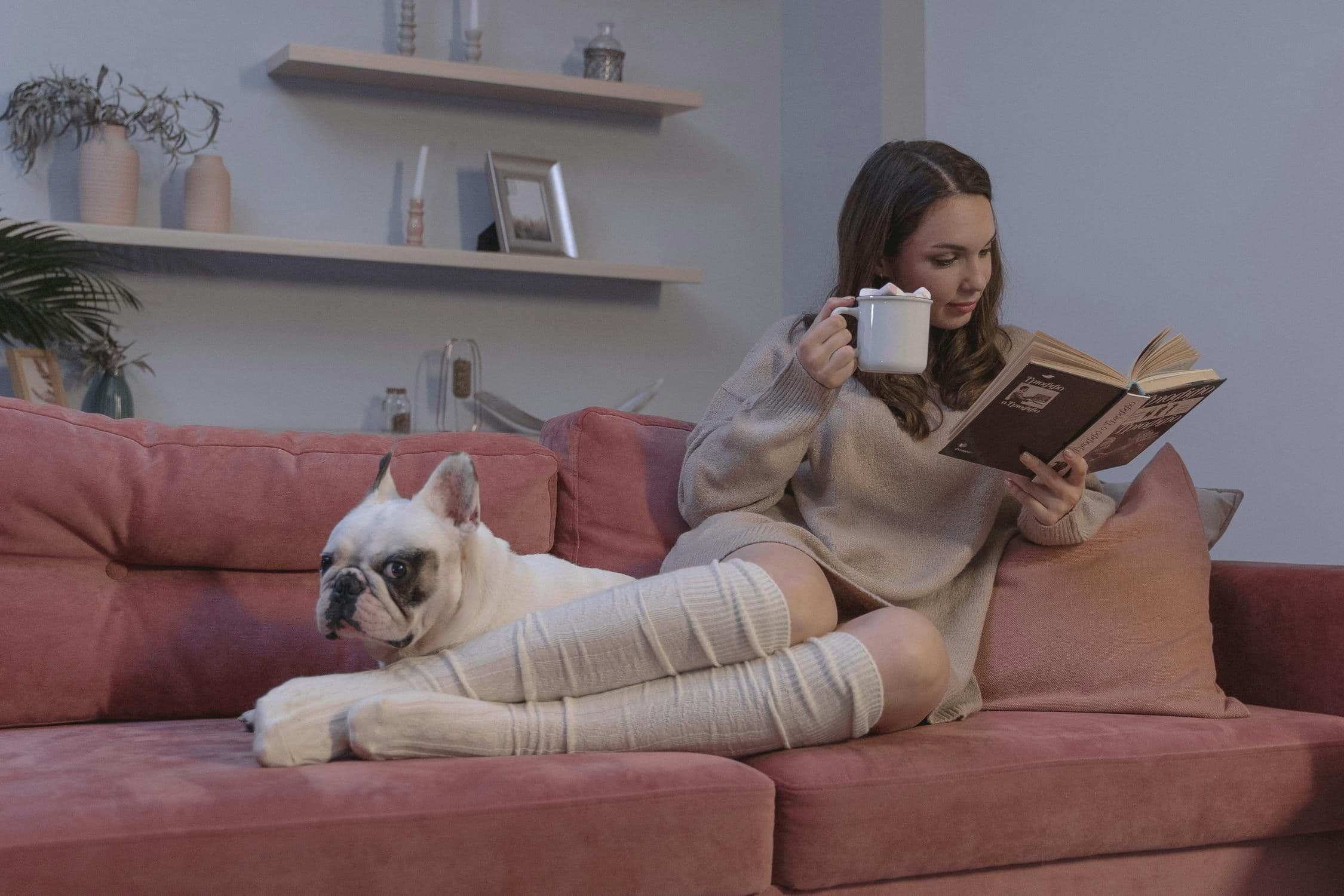How to Give Your Baby the Opportunity to Walk
Obie Editorial Team
My nephew is growing rapidly. Every week, my sister-in-law sends videos that are not only adorable, but also indicative of how shockingly fast her little one is learning. A few weeks ago he was munching on his first pickle, and weeks later he was staring at his mom struggling to make sounds and mimic her speech. This week, she sent a video of him making his way around the living room by holding on to different objects. She strategically had items placed around the room that were low enough for her baby to reach, and her baby knew exactly what to do with them. It got me wondering about whether or not baby-height objects can actually help a baby learn to walk faster. As it turns out, they most definitely can.
You can’t really “teach” your baby to walk. Unlike math or manners, walking isn’t something that you’ll be able to explain to your little one. By the time he’s old enough to understand, he’ll have figured it out on his own. Babies have the natural inclination to move, and they’ll start by crawling before they eventually get up on two feet. However, by placing objects around the room to help him balance, you’ll promote more movement.
During the first few weeks of walking, your baby will be very wobbly. While he might have the urge to make his way to the other side of the room on two feet, it will take a lot more effort than crawling. Ottomans, baby tables, couches, and coffee tables all make great balance assistances so that your baby is more confident about staying vertical.
Studies show that one of the reasons babies might have trouble learning to walk is that they are growing rapidly. Their weight and size changes every time they try getting on their feet, so they have to re-calibrate and balance themselves. Objects that are within baby’s reach can help him become more balanced and comfortable on his feet.
Make sure each piece of furniture is cushioned. You can even buy bumpers for the sharp furniture edges. As baby learns to balance, there’s a good chance he’ll be falling into each object in the room headfirst. Sharp edges will result in tears and bruises. You can’t force your baby to walk, but by setting up a path with the low objects in your room, you can speed up the process.
Source: Beatrix Vereijken et al: Early Independent Walking: A Longitudinal Study of Load Perturbation Effects. Developmental Psychology Volume 51 Issue 4 pp. 374-383 May 2009
You can’t really “teach” your baby to walk. Unlike math or manners, walking isn’t something that you’ll be able to explain to your little one. By the time he’s old enough to understand, he’ll have figured it out on his own. Babies have the natural inclination to move, and they’ll start by crawling before they eventually get up on two feet. However, by placing objects around the room to help him balance, you’ll promote more movement.
During the first few weeks of walking, your baby will be very wobbly. While he might have the urge to make his way to the other side of the room on two feet, it will take a lot more effort than crawling. Ottomans, baby tables, couches, and coffee tables all make great balance assistances so that your baby is more confident about staying vertical.
Studies show that one of the reasons babies might have trouble learning to walk is that they are growing rapidly. Their weight and size changes every time they try getting on their feet, so they have to re-calibrate and balance themselves. Objects that are within baby’s reach can help him become more balanced and comfortable on his feet.
Make sure each piece of furniture is cushioned. You can even buy bumpers for the sharp furniture edges. As baby learns to balance, there’s a good chance he’ll be falling into each object in the room headfirst. Sharp edges will result in tears and bruises. You can’t force your baby to walk, but by setting up a path with the low objects in your room, you can speed up the process.
Source: Beatrix Vereijken et al: Early Independent Walking: A Longitudinal Study of Load Perturbation Effects. Developmental Psychology Volume 51 Issue 4 pp. 374-383 May 2009







